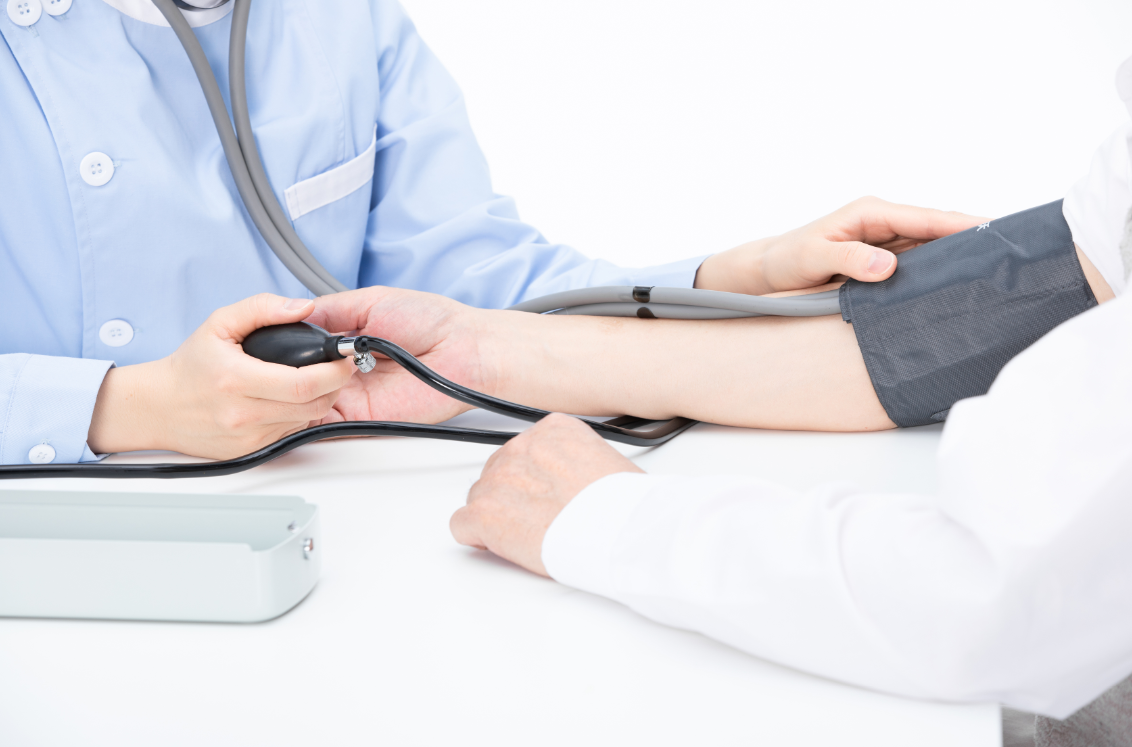Hypertension is a silent killer threatening human health! Statistics: The number of people suffering from hypertension in China will reach 245 million in 2022, and the prevalence of hypertension in adults aged 18 and over will be 27.9%. As the incidence of hypertension continues to rise, mastering the correct method of blood pressure measurement has become an important part of national health promotion. So, what issues should we pay attention to when measuring blood pressure? Now please listen to a nurse from the Cardiology Department of the First Affiliated Hospital of Zhengzhou University talk about how to correctly measure, prevent and treat high blood pressure.
-
There are many details about blood pressure monitoring:
The first step in measuring blood pressure should be to keep the body in a stable state. Before measuring blood pressure, you should sit quietly for at least 30 minutes and maintain good living habits. Do not smoke, drink, drink exciting drinks, hold in your urine, or eat too much food. the behavior of.
Only by keeping your body stable and sitting quietly for more than 30 minutes before taking a blood pressure measurement can the measured blood pressure be more accurate and not likely to interfere with the normal results. This is a step that needs to be paid attention to.
-
Perform blood pressure measurement instrument operation
(1) Choose a certified upper-arm medical electronic blood pressure monitor and calibrate it regularly.
(2) The size of the cuff is suitable for the patient’s upper arm circumference. The cuff air bag covers at least 80% of the upper arm circumference. The conventional cuff is 22~26 cm long and 12 cm wide. Patients with large upper arm circumference (> 32 cm) should use it instead. Large cuff.
(3) Quiet and relax: Remove factors that may have an impact (no smoking, drinking coffee or tea, etc., emptying the bladder within 30 minutes before measurement), and rest quietly for at least 5 minutes. When measuring, sit in a sitting position with your feet flat on the ground, relax and keep your body still, without talking.
(4) Position specification: The midpoint of the upper arm is on the same level as the heart, that is, the middle of the cuff is flush with the heart; the lower edge of the cuff is about 2 to 3 cm (about two fingers across) from the elbow, and the tightness is appropriate. It is appropriate to insert 1~2 fingers.
(5) Measure the blood pressure of both upper arms at the first visit, and then usually measure the side with the higher reading. If the difference between bilateral measurements exceeds 20 mmHg, referral should be made to exclude the possibility of subclavian artery stenosis.
(6) Measure twice in each outpatient clinic, with an interval of 1 to 2 minutes, and record the average of the two times. If the difference between the two times is >10 mmHg, measure the third time, and record the average of the last two times. If the first measurement during follow-up is <140/90 mmHg, no additional measurements are required.
-
Monitoring and prevention are indispensable
Many patients know that the results of blood pressure monitoring are closely related to diseases, drugs, age, day and night changes, environment, temperature, mood and mental state, etc. According to the "2023 National Hypertension Day Publicity Points" issued by the National Health Commission, patients can grasp the key points of hypertension prevention and treatment, so as to manage blood pressure well, effectively control hypertension risk factors, and effectively improve the awareness rate, treatment rate and control rate.
In the ward, many patients have asked: "Doctor, my blood pressure has been adjusted. I will take this medicine from now on. This medicine really works for me!" In fact, this idea is wrong! After the blood pressure is adjusted to the standard, at least Follow-up visits should be made every 3 months; patients whose blood pressure does not reach the target should be followed up once every 2 to 4 weeks. At each follow-up visit, the type or dose of the drug needs to be adjusted according to the doctor's advice and observed for 2 to 4 weeks to evaluate the effectiveness of drug treatment. Whenever your blood pressure continues to rise, fluctuates violently, or symptoms such as dizziness, headache, nausea, etc., seek medical attention promptly. Under the guidance of a doctor, patients with hypertension can control their blood pressure in a relatively stable range through lifestyle adjustments, medication application and regular follow-up visits.
Hypertension is one of the most prevalent chronic non-communicable diseases and an important risk factor for death from cardiovascular and cerebrovascular diseases in urban and rural residents. October 8, 2023 is the 26th "National Hypertension Day". The theme of this year's "National Hypertension Day" is "Healthy Life, Ideal Blood Pressure". On the day of the event, the Department of Cardiovascular Medicine of the First Affiliated Hospital of Zhengzhou University mobilized all medical staff to participate in the popularization of hypertension health knowledge. Understanding hypertension starts from every citizen; preventing hypertension starts from every day. All the medical staff of the Department of Cardiovascular Medicine, the First Affiliated Hospital of Zhengzhou University, remind you: you must know your blood pressure and achieve early detection, early prevention, and early treatment. After being diagnosed with high blood pressure, you must go to a regular hospital for examination and follow the guidance of a doctor. Carry out drug and non-drug treatment according to the situation, and do not blindly follow the trend of medication.
